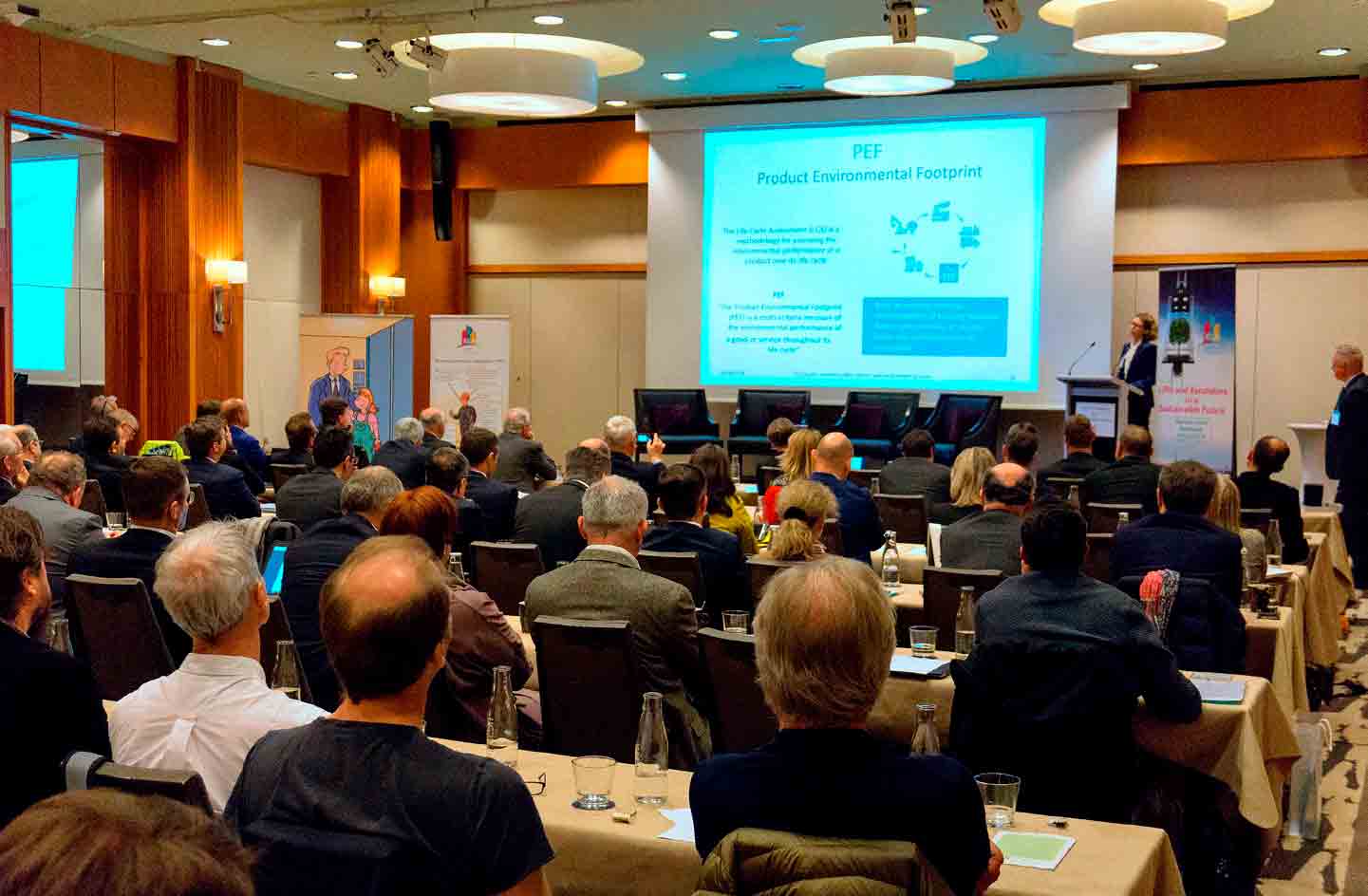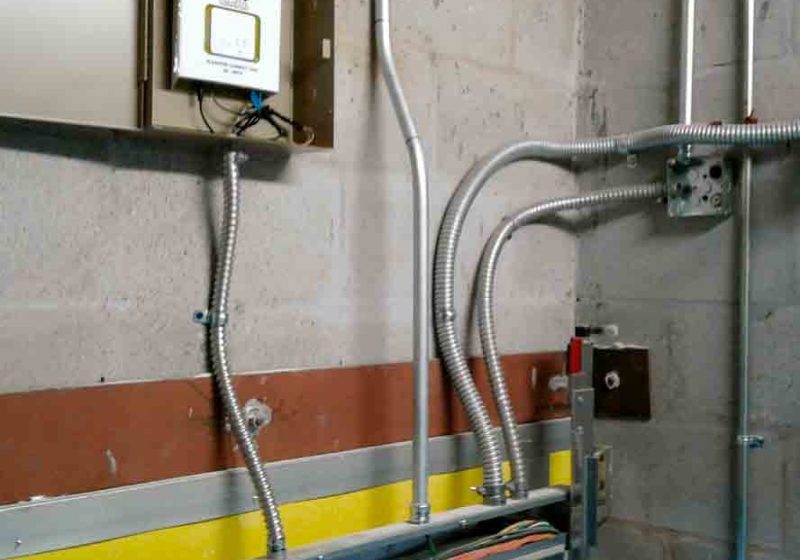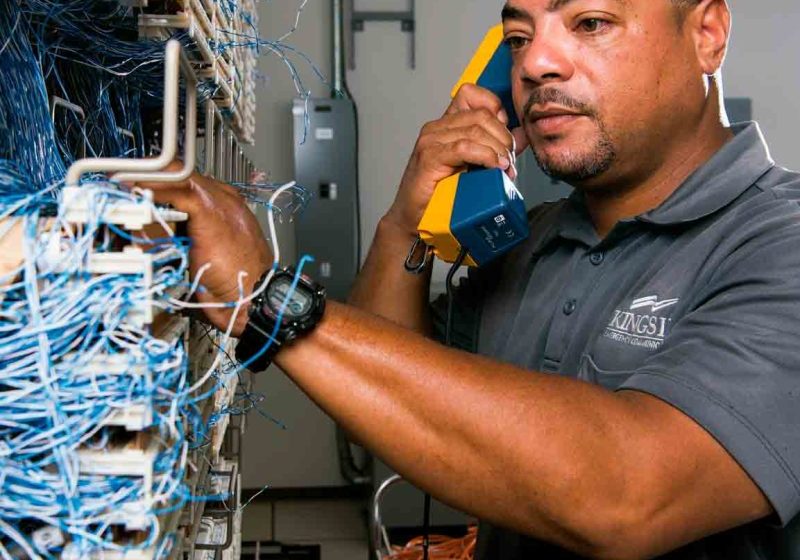A Sustainable Future
Jul 1, 2018

ELA Conference covers a range of environmentally focused topics.
Sustainability, energy savings and the environment are global concerns that cut across all industries, and these issues were at the forefront during the European Lift Association (ELA) Conference, which took place on April 16 in Stockholm, Sweden. Held under the theme “Lifts and Escalators in a Sustainable Future,” the conference featured experts in various areas who looked at topics ranging from changing demographics to modern construction trends, each discussion presented as it impacts, or is impacted by, concern for the planet.
ELA President Jorge Ligüerre welcomed participants and guests, and noted that the 2018 gathering was the first “paperless” conference organized by ELA and the European Elevator Association (EEA).
“It is a real pleasure for me to introduce the conference and also the variety of speakers who will tackle the range of topics of relevance to the central theme,” said Ligüerre. After naming the presenters, the morning session commenced.
The first presenter was Bo Hallqvist of the City of Stockholm, who spoke on how the city is a model for sustainable urban development. Hallqvist introduced and highlighted the redevelopment of the Stockholm Royal Seaport, a large, formerly industrial brownfield site near the city center that has been decontaminated and redeveloped as a residential, commercial and recreational area. Great attention was given to ecodesign and the inclusive use of the area by residents, Hallqvist said, noting the area’s public transportation, bicycle paths, walking routes and communal areas. The EUR2.2-billion (US$2.61-billion) project covers 236 ha and was designed to have a small carbon-dioxide footprint and be fossil-fuel free by 2040.
Hallqvist said Stockholm has a relatively young population, marked by a growth in families. It’s a tech-friendly city, with information technology being the largest industry.
Next, Annika Korzinek of the European Commission’s local branch discussed the role that smart and sustainable cities have under the Paris Agreement on Climate Change. She gave an overview of the agreement, offering key figures that show how the initiative is performing and what the objectives are for the future. The roadmap for low carbon emissions for 2050 calls for an 80% reduction, but Korzinek said based on current policy, the actual reduction would be only 40%, so a great deal of work and investment will be needed if the overall goal is to be achieved.
Some of the key focus areas for the European Union (EU) are energy affordability, sustainability and security, she said. These goals will be addressed through directives and initiatives involving electrical markets and new rules on energy efficiency, building performance and renewable energy.
ELA’s Paula Casares and Robert Wright discussed the EU strategy on the circular economy (which emphasizes getting the maximum use out of resources, then recovering and regenerating them for new use) and how the concept relates to sustainability. Environmental terms and ecodesign were also highlighted.
Casares discussed the extent of the circular economy, explaining that the initiative considers both the production and decommissioning processes and, where possible, the reuse of reclaimed materials. This is now undertaken in many sectors, the hope being that new jobs and more-sustainable products will result. Legislative actions have resulted in the 2018 EU Circular Economy Package, which includes recommendations regarding the role of small and medium-sized enterprises in the circular economy.
Casares explained some of the environmental terms, the key ones being product category rules (PCR), lifecycle assessment (LCA) and environmental product declaration (EPD). An EPD, she explained, is a disclosure of the environmental performance of a product based on the results of an LCA following applicable PCR, according to ISO 14025. Finally, Wright showed that Ecodesign Directive2009/125/EC of the European Parliament is being implemented through product-specific regulations directly applicable in all EU countries, and a preparatory study on lifts had been undertaken in 2017. The study gives the European Commission a technical, environmental and economic analysis of lifts in accordance with Article 15 of the Ecodesign Directive.
The methodology of the study consists of seven task reports:
- Task 1, on Scope: definition, standards and legislation
- Task 2, on Markets: volume and price ranges
- Task 3, on Users: product demand side
- Task 4, on Technologies: product supply side
- Task 5, on Environment and Economics: LCA
- Task 6, on Design Options
- Task 7, on Scenarios: policy recommendations. The timeline is 18 months, and completion of study will be by March 2019. The EU Commission will then decide the preferred policy options and whether to include lifts within the scope of ecodesign. The deadline for this is 2021.
A short question-and-answer session followed this presentation, with the main speakers making up the panel.
Daniel Nyman, chairman of Hissförbundet, the Swedish Association of Lifts and Escalators, opened the afternoon session with a discussion about the impact of Sweden’s aging population. He noted that 75,000 entrances in multistory houses have no lifts, and that half of the senior people living in multistory houses have no access to lifts. He further noted that:
- Almost half of the senior citizens with access to lifts must negotiate stairs at the entrance of the building to reach the lift.
- Two-thirds of the apartments in multistory houses are not accessible to people unable to use the stairs.
Nyman highlighted the advantages to society when older people are encouraged and enabled to live in their own homes for as long as possible, and not placed into expensive nursing homes until absolutely necessary. Recognizing the cost benefit of “home support,” rather than “home care,” Swedish authorities have adopted policies that provide partial funding for lifts and accessibility equipment for seniors who don’t otherwise need nursing-home care.
In the next presentation, Dirk De Moor of Belgian trade association Agoria gave a presentation written with Helen Versluys, also of Agoria, in which they considered and explained the draft standard on repair, reuse and upgrading of products and systems. They showed the draft index for repairability, the recyclability rate and the recoverability rate formulae.
De Moor, chairman of the ELA Communications Committee, concluded by mentioning the current approach to material efficiency and energy-related products, including the draft regulation for ecodesign requirements for electronic displays.
Birgitta Govėn from the Swedish Construction Federation dealt with the topic of how to achieve environmental performance certification for buildings, highlighting the Building Research Establishment Environmental Assessment Method (BREEAM) and Leadership in Energy and Environmental Design (LEED®) standards as examples. Some of the demands and regulations that need to be considered were:
- Energy declaration
- Building requirements (Boverket Building Regulations, Swedish codes of statutes)
- Ventilation requirements (Obligatory Ventilation Control)
- Certificates (Miljöbyggnad, LEED, BREEAM)
Govėn also outlined goals for the future:
- One-hundred percent production of renewable electric energy by 2040
- Net-zero emissions of carbon dioxide by 2045
- Seventy percent reduction of carbon dioxide from domestic transports by 2030
- Fifty percent more efficient use of energy by 2030 (relative to gross domestic product).
Govėn highlighted what is happening now and what is being presented to the government:
- The roadmap for a climate-neutral and competitive building sector was to be presented, together with eight to nine other sector roadmaps, in April.
- Twenty-six appeals to stakeholders in the building chain
- Approximately 50 companies and organizations agree with the appeals in the roadmap, and the Swedish Construction Federation will work toward its implementation.
The last presentation of the ELA Conference was given by Ingrid Näsström, who provided some comparisons showing how other sectors are handling the sustainability challenge. Näsström suggested several lessons taken from their experiences that might be useful to the lift and escalator industry:
- Don’t talk until you believe.
- Have clear targets, and follow up.
- Cooperation is key.
- The devil is in the details.
- How you can add value to your customers’ businesses.
- Communicate!
Following this, another brief question-and-answer session was held.
For the evening gala dinner, the conference moved to the Vasa Museum, which houses a salvaged and nearly complete 17th-century Swedish warship. The assembled guests saw the great wooden sailing ship and heard about its recovery and conservation efforts.
During the dinner, Ligüerre announced this conference would be his last event as the president of ELA. He thanked everyone for their support and assured them he would continue to work wholeheartedly for the association in any way he could. He thanked the Swedish association for organizing this final event of the conference in such an interesting location, and expressed his hope that the delegates had found the conference informative and useful.
Get more of Elevator World. Sign up for our free e-newsletter.









